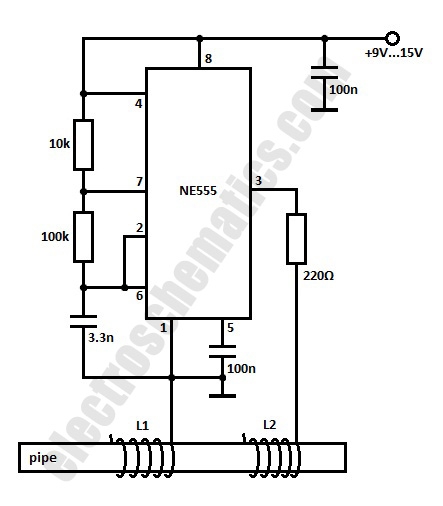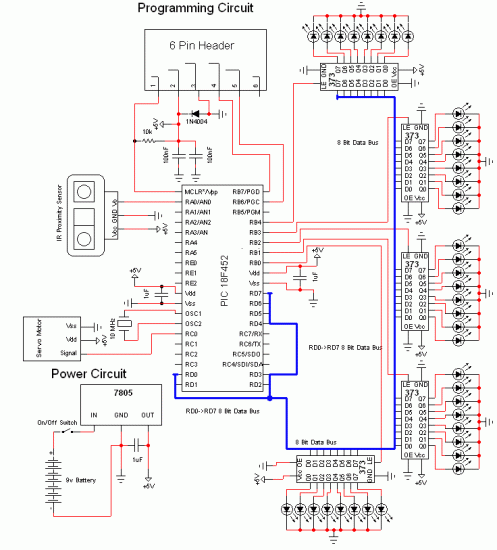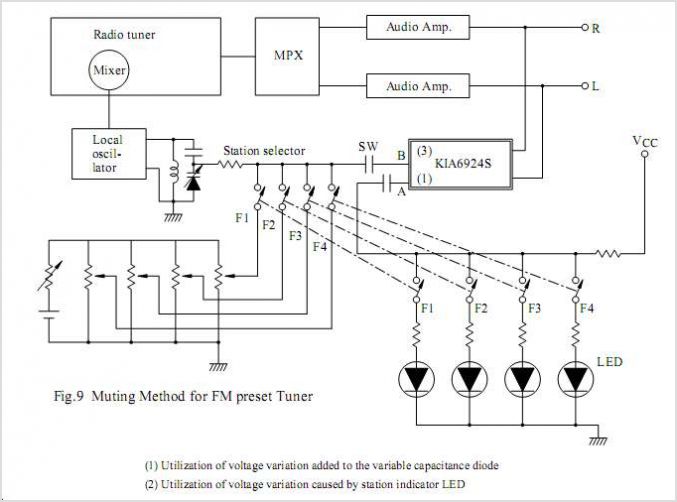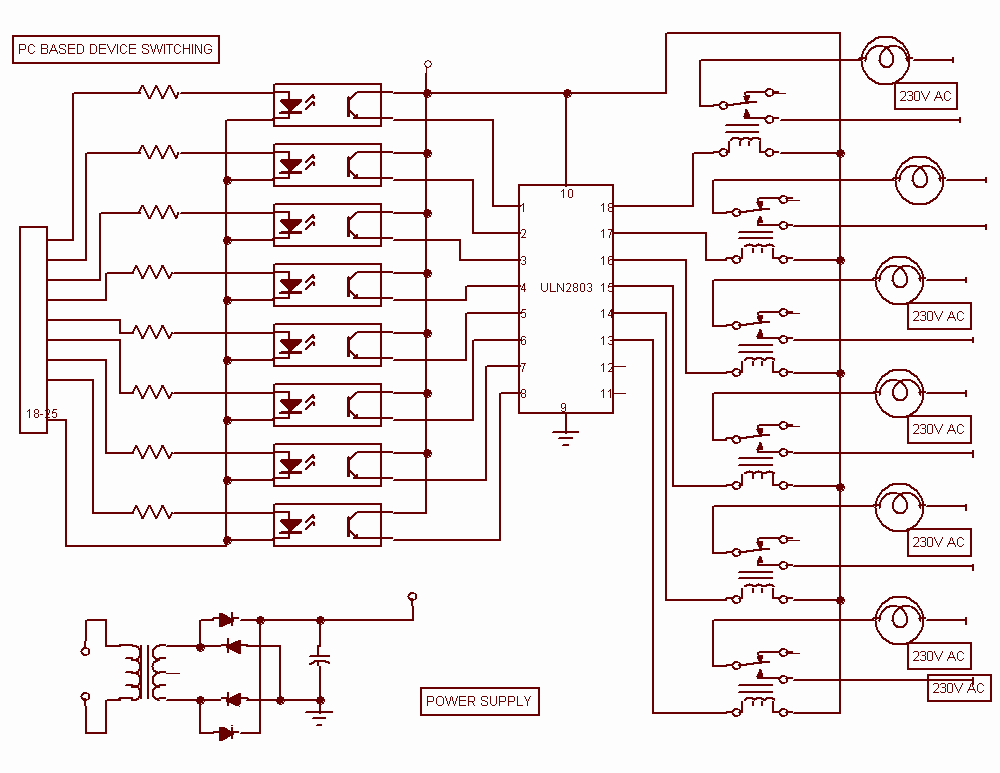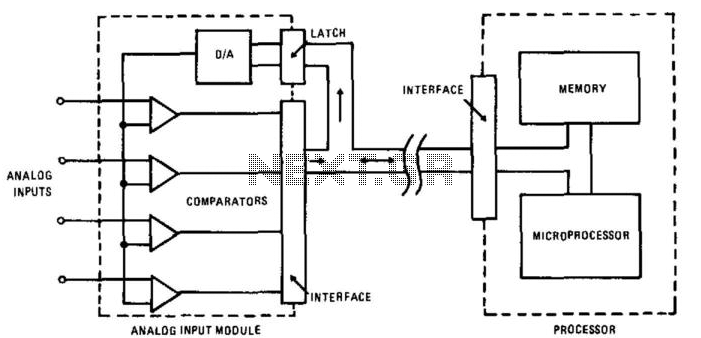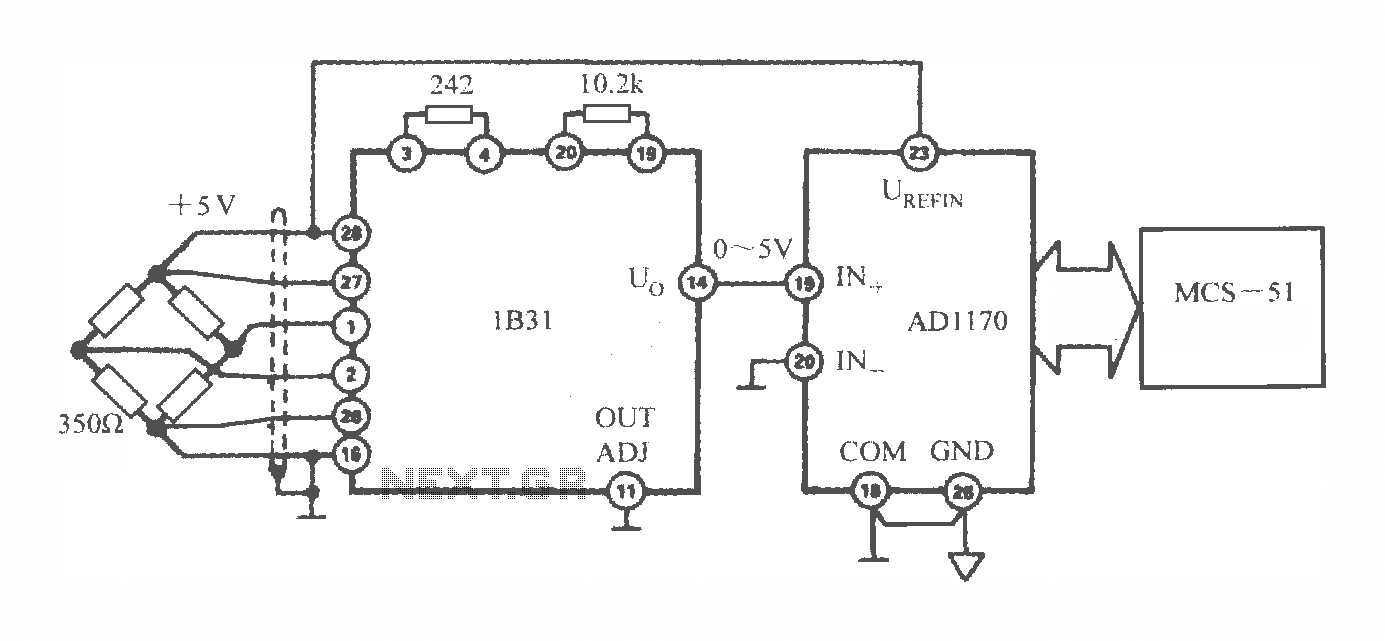
Industrial Building Automation System (IBAS) - 4
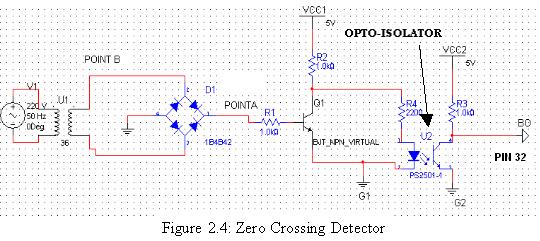
The two optical sensors will provide a count of individuals to the microcontroller, which will relay this value to MCU-II. The microcontroller will detect the entrance of any person through high-to-low pulse transitions on input pins A3 and A4.
The circuit involves two optical sensors that are strategically positioned to monitor the entrance of individuals. These sensors operate by emitting light and detecting interruptions caused by a person passing through their field of view. When a person enters the detection zone, the sensor generates a high-to-low pulse signal. This pulse is then sent to the microcontroller, which processes the data to maintain an accurate count of the individuals entering.
The microcontroller is programmed to interpret the pulse signals received on its input pins, specifically A3 and A4. Each time a pulse is detected, the microcontroller increments a counter that tracks the total number of individuals who have entered the monitored area. This count is subsequently transmitted to a secondary microcontroller, designated as MCU-II, for further processing or display.
The schematic design should include the optical sensors connected to the designated input pins of the microcontroller, ensuring that proper pull-up or pull-down resistors are employed as necessary to stabilize the input signals. Additionally, power supply considerations for both the sensors and the microcontroller must be addressed to ensure reliable operation. The communication protocol between the microcontroller and MCU-II should be defined, which may involve serial communication or another suitable method for data transfer.
Overall, the circuit design must prioritize accuracy in person counting, responsiveness to the sensor signals, and reliable communication between the components to achieve the intended functionality.The two optical sensors will give person count to the microcontroller and microcontroller will give this value to MCU-II. The microcontroller will sense the entrance of any person from high to low pulse on input pins (A3 and A4)
🔗 External reference
The circuit involves two optical sensors that are strategically positioned to monitor the entrance of individuals. These sensors operate by emitting light and detecting interruptions caused by a person passing through their field of view. When a person enters the detection zone, the sensor generates a high-to-low pulse signal. This pulse is then sent to the microcontroller, which processes the data to maintain an accurate count of the individuals entering.
The microcontroller is programmed to interpret the pulse signals received on its input pins, specifically A3 and A4. Each time a pulse is detected, the microcontroller increments a counter that tracks the total number of individuals who have entered the monitored area. This count is subsequently transmitted to a secondary microcontroller, designated as MCU-II, for further processing or display.
The schematic design should include the optical sensors connected to the designated input pins of the microcontroller, ensuring that proper pull-up or pull-down resistors are employed as necessary to stabilize the input signals. Additionally, power supply considerations for both the sensors and the microcontroller must be addressed to ensure reliable operation. The communication protocol between the microcontroller and MCU-II should be defined, which may involve serial communication or another suitable method for data transfer.
Overall, the circuit design must prioritize accuracy in person counting, responsiveness to the sensor signals, and reliable communication between the components to achieve the intended functionality.The two optical sensors will give person count to the microcontroller and microcontroller will give this value to MCU-II. The microcontroller will sense the entrance of any person from high to low pulse on input pins (A3 and A4)
🔗 External reference
Warning: include(partials/cookie-banner.php): Failed to open stream: Permission denied in /var/www/html/nextgr/view-circuit.php on line 713
Warning: include(): Failed opening 'partials/cookie-banner.php' for inclusion (include_path='.:/usr/share/php') in /var/www/html/nextgr/view-circuit.php on line 713
